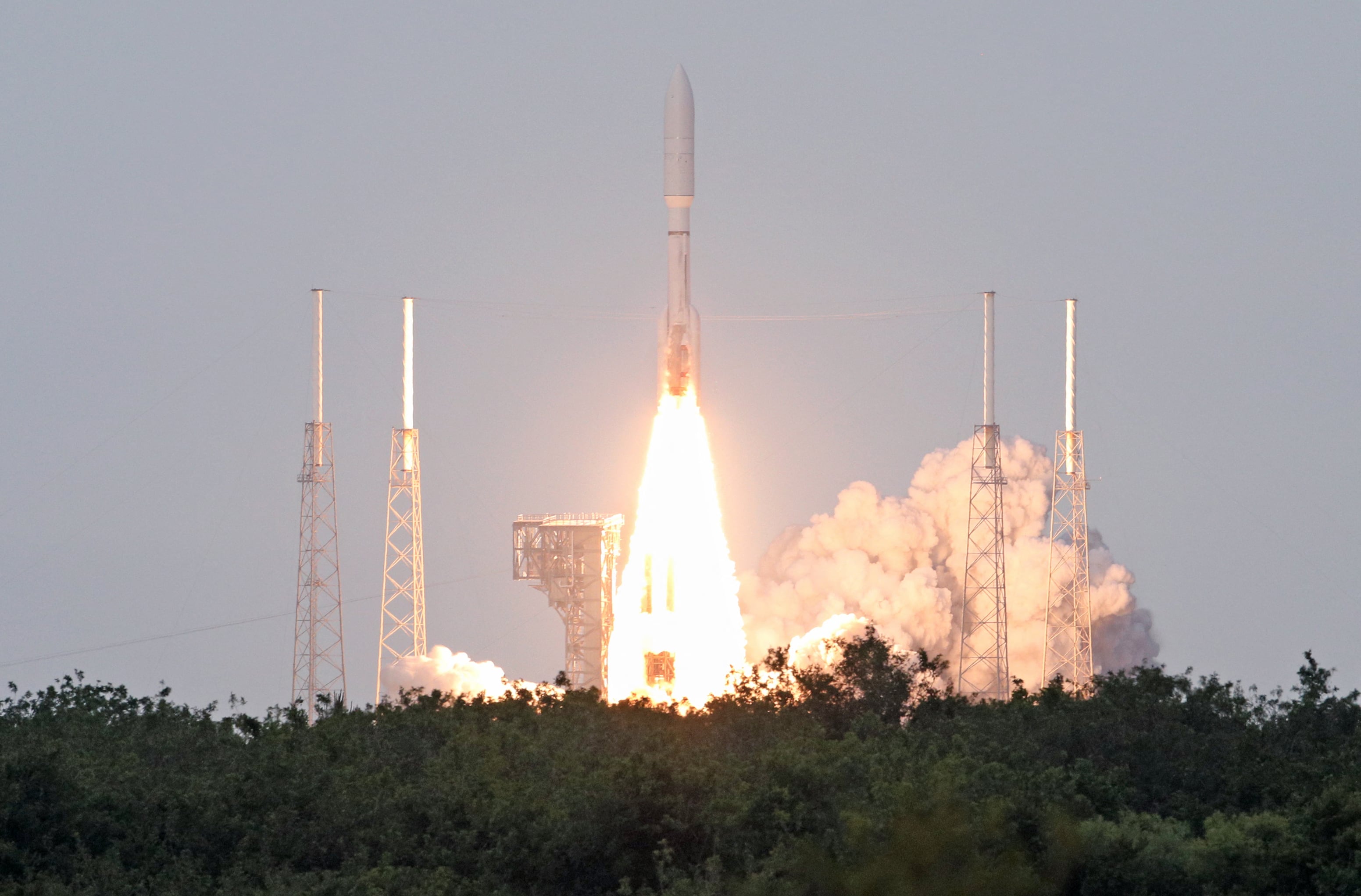The Navy and contractor Northrop Grumman recently cut the ribbon on a new state of the art facility that will be used to train pilots for the upcoming MQ-4C Triton program.
The facility will include the exact operational mission software, interfaces and other assets for the aircraft. To the end user or end operator, they won’t "know if they were operating a live platform or not," said Doug Shaffer, vice president and program manager for Triton, in an interview with C4ISRNET.
All the hardware and servers in the facility are the actual operational assets, he said, adding that the only thing the mission system trainer facility doesn’t have is the communication links to the satellites to actually command live assets.
Housed at Naval Air Station Jacksonville, which is home to the first Triton squadron, the facility will start training sailors this summer on operating the Triton for the early operational capability for deploying the baseline configuration of Triton in 2018.
Triton came from the Broad Area Maritime Surveillance—Demonstrator, or BAMS-D, which has been operational for the last seven years in the Middle East serving the 5th Fleet, according to Thomas Twomey, senior manager of business development at Northrop Grumman, who spoke to C4ISRNET at the Navy League's annual Sea-Air-Space Exposition in April.
While the BAMS-D informed a lot of the requirements for the Triton program, its importance means the Navy has been operating an autonomous persistence maritime surveillance asset; Twomey noted that 5th Fleet
doesn’t perform carrier transits without that asset flying above.
The Triton program is set to meet early operational capability in 2018, with initial operational capability slated for 2021. The delay in IOC occurred due to the need for a multi-intelligence capability, Twomey said. With the retirement of the EP-3 surveillance aircraft, the Triton will pick up the intelligence and surveillance slack in terms of payload and capability. Triton could meet IOC a year from now, Twomey said, but with the multi-INT capability, it won’t until 2021. The early operational capability does not include the multi-INT function.
The beauty of the new training facility is two-fold: first, given that it is virtual, new software upgrades, sensor payloads and variants can be plugged into the system allowing operators to train on these changes very quickly. This facility
will be used to train sailors on the new payloads once the multi-INT capability is added, Shaffer said.
Second, Shaffer said, the facility combined with the Triton being an autonomous system means that pilots can continuously train without having to put strain on the aircraft itself. With manned platforms, pilots must get actual flying time in the aircraft, which puts wear and tear on the platform, Shaffer said. This makes autonomous aircraft very affordable in the long run from operational and maintenance and support, he added.
"The U.S. Navy is going to get a lot of life out of this facility," he said.
Mark Pomerleau is a reporter for C4ISRNET, covering information warfare and cyberspace.








